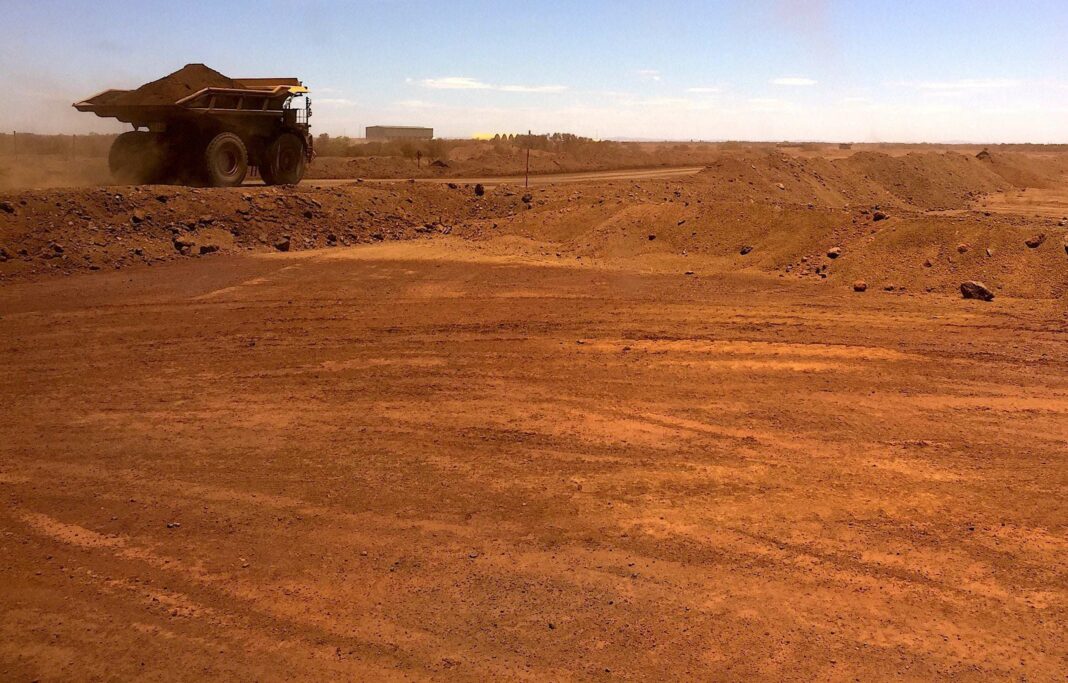Recent discussions in the mining industry suggest a trend toward larger mergers, highlighted by BHP’s failed $49 billion bid for Anglo American and ongoing talks between Rio Tinto and Glencore. Glencore’s CEO acknowledged the complexity of their financial results, reporting a $1.6 billion loss but increased revenues. Despite challenges, Glencore continues to pursue acquisitions, with plans to explore new share listings, particularly in the USA, amidst a shifting market landscape.
Is Bigger Better in the Mining Industry?
The adage “small is beautiful” may be challenged by the notion that “big is even better,” especially in the raw materials sector. Recent discussions point to a wave of potential mergers among the leading mining companies worldwide.
Earlier this year, the Australian mining powerhouse BHP proposed a staggering $49 billion bid for Anglo American but was ultimately unsuccessful. As autumn approached, reports from Bloomberg suggested that executives from Rio Tinto, a British-Australian mining entity, engaged in discussions with Glencore, a prominent raw materials firm based in Baar, regarding a potential merger. Together, these two companies would form a formidable force in raw material extraction, although neither has publicly addressed the speculation.
Glencore’s Financial Landscape and Future Prospects
During the presentation of Glencore’s annual financial results for the 2024 fiscal year, CEO Gary Nagle refrained from commenting directly on a merger with Rio Tinto. He did, however, emphasize that “big is not automatically good, but it can be beneficial if it adds value for shareholders.”
Glencore’s financial results reveal a complex picture. The company reported a significant loss of $1.6 billion in 2024, primarily due to accounting write-downs related to a South African coal mine where expectations for revenue fell short. Despite this, revenues increased to $231 billion from $218 billion the previous year. Operating profit before interest and taxes (EBIT) saw a decline from $10.4 billion to $6.9 billion. Nevertheless, Nagle described the year as “very good for Glencore,” highlighting growth in revenues from their metals division, which includes products like zinc, aluminum, and nickel. The downturn in coal revenues reflects a shifting market landscape, with energy prices stabilizing from previous highs.
Nagle also pointed out that recent merger activities could help mitigate declining revenues, citing the acquisition of Elk Valley Resources (EVR), the coal division of Canadian mining company Teck, which was finalized in July. This acquisition has led to a 14% decrease in production costs per unit in Glencore’s coal sector due to operational synergies.
Glencore has a history of acquisitions, with notable mergers such as the 2012 deal with Swiss mining company Xstrata under former CEO Ivan Glasenberg. Nagle expressed Glencore’s readiness for further acquisitions, stating, “Acquisition deals are part of our DNA.” However, a possible merger with Rio Tinto would mark a new chapter, as Glencore would likely play the role of the smaller entity in this scenario, given Rio Tinto’s current market capitalization of $104 billion compared to Glencore’s $54 billion.
Looking ahead, Nagle shared plans for Glencore’s share listings on the London Stock Exchange (LSE), indicating an exploration of alternative trading venues that might offer better valuation opportunities. The USA is a primary target for this consideration, but no final decisions have been made. A potential exit from the LSE could pose significant challenges, especially as several raw materials companies have recently departed from the British capital.
